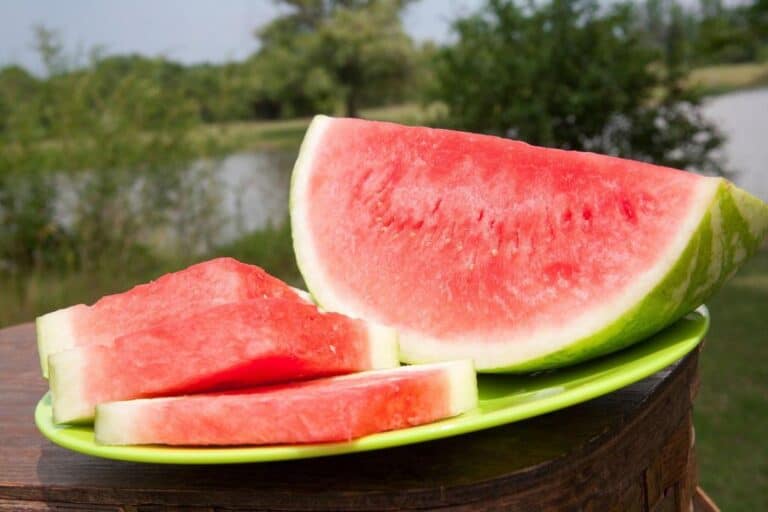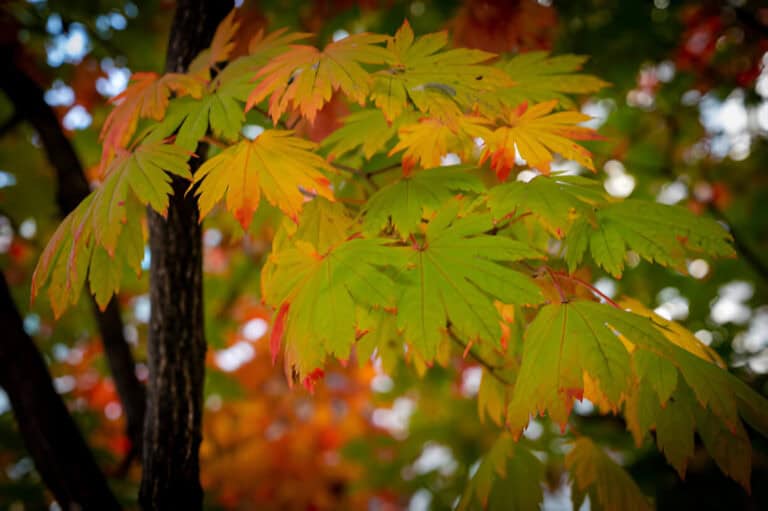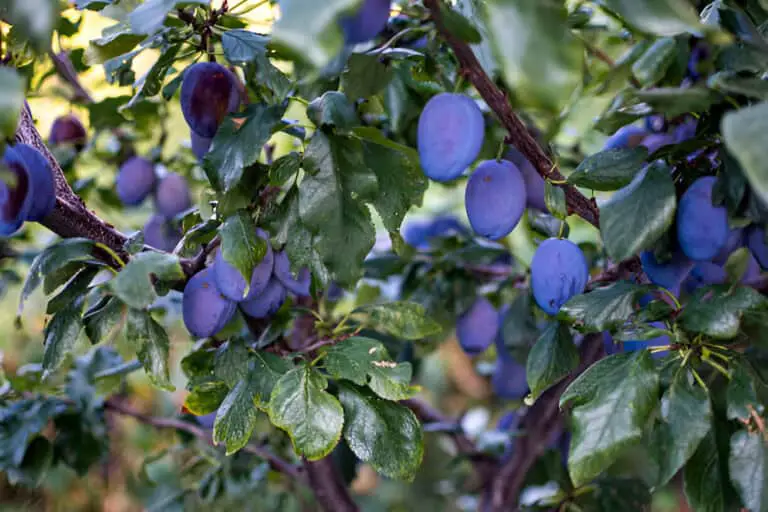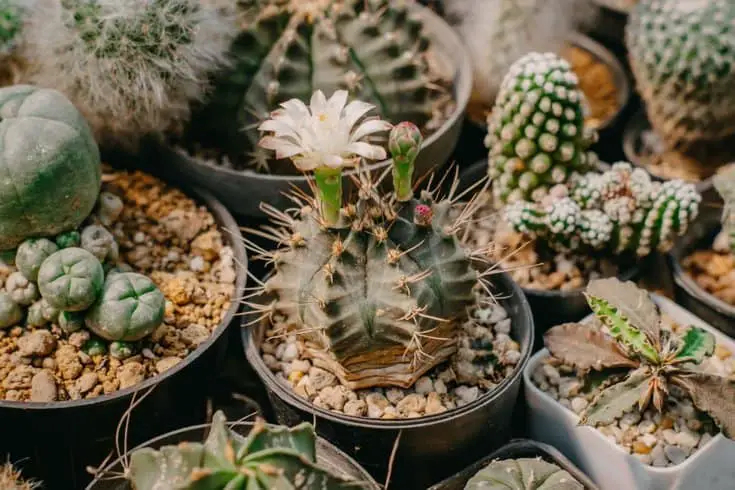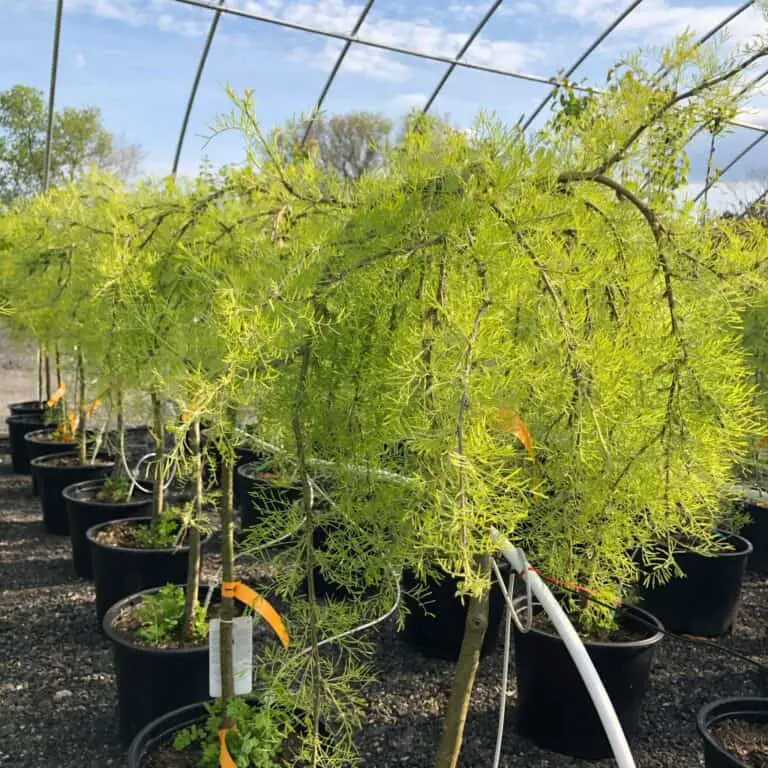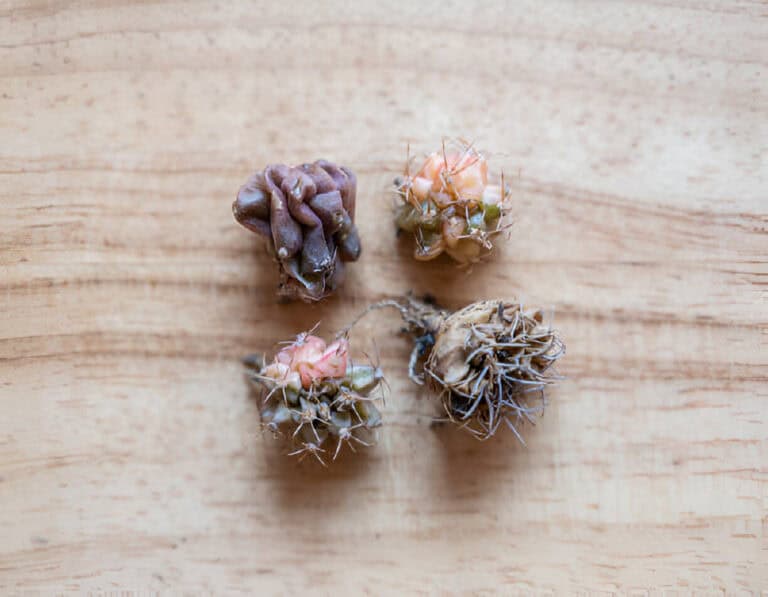Are Elderberries Self Pollinating? How to Hand-Pollinate Elderberries Plant
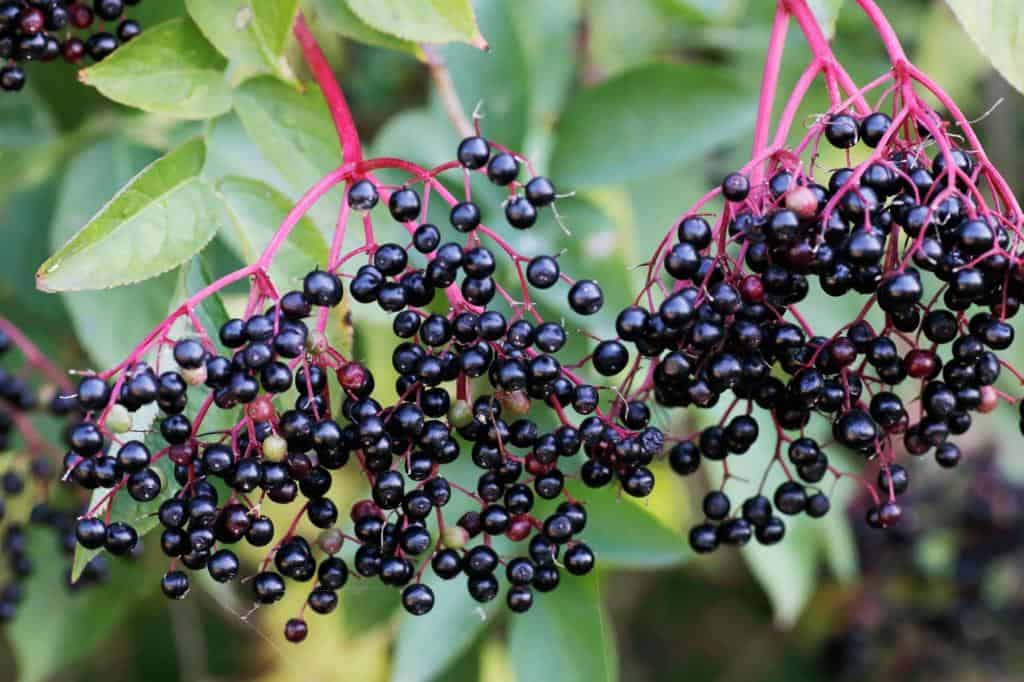
If you’ve ever marveled at elderberry plants in your garden, you might have wondered about their odd way of reproducing. Do elderberries rely on self-pollination, or is there more to the story?
Elderberries can self-fertilize. They can produce fruit without needing a different variety as a pollenizer. However, cross-pollination with a different variety can result in a more dependable and larger crop of berries.
In this comprehensive guide, we’ll unravel the secrets of elderberry pollination. We will explore the nuances of self-pollination. We will also delve into the art of hand-pollination. This will be helpful for those looking to take a hands-on approach to plant reproduction.
Understanding Elderberry Pollination Methods
Self-Pollination vs. Cross-Pollination
Elderberries, like many plants, have evolved various ways of pollinating. Some species are self-pollinating. They can fertilize their own flowers without external assistance. Others depend on cross-pollination. Pollen must move between different plants for successful fertilization.
The Reproductive Journey of Elderberry Plants
Elderberries are known for their hardiness and adaptability. These deciduous shrubs, or small trees boast clusters of tiny, fragrant flowers. The flowers eventually give way to the familiar deep purple berries. To understand their pollination habits, let’s take a closer look at the reproductive journey of elderberry plants.
| Stage | Description |
| Flowering | Elderberries produce delicate, cream-colored flowers that are both visually stunning and fragrant. |
| Pollination | In self-pollinating species, the pollen from a flower’s anther fertilizes its own stigma. |
| Berry Formation | Once fertilized, the flowers transform into small, green berries that gradually ripen to purple. |
| Seed Dispersal | The mature berries contain seeds that, when dispersed, can give rise to new elderberry plants. |
Are Elderberries Self-Pollinating?
The answer to whether elderberries are self-pollinating isn’t one-size-fits-all. Some elderberry varieties are indeed self-pollinating. This means they can produce fruit without pollen from another plant. Examples of self-pollinating elderberries include the ‘Adams’ and ‘York‘ varieties. However, other cultivars, such as ‘Johns,’ benefit from cross-pollination to enhance fruit set.
The Benefits of Self-Pollination in Elderberries Plant
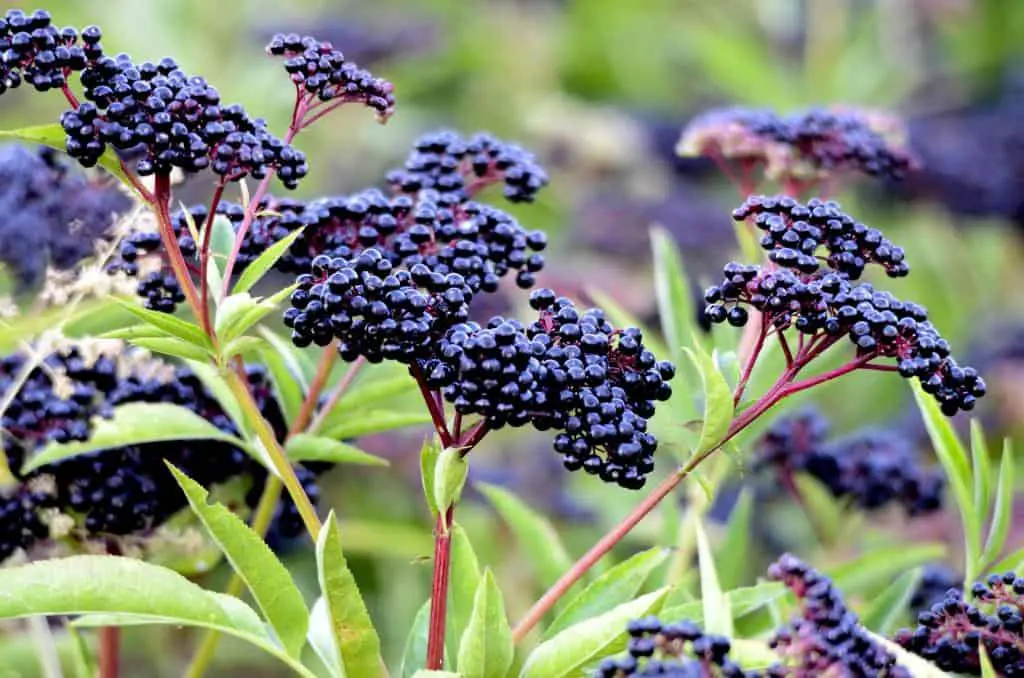
There are some benefits to self-pollination compared to manual hand pollination. Manual self-pollination of elderberry plants can be an essential step. It ensures a bountiful harvest of these delicious, nutritious berries.
- Increased Yield: Self-pollinating elderberries tend to produce a good yield. They don’t need nearby pollinators.
- Less Dependency: Gardeners with limited space can rely on self-pollinating varieties. They don’t need to plant multiple elderberry plants.
How to Hand-Pollinate Elderberries Plant
For those keen on actively participating in the pollination process, hand-pollination is a great option. This method involves manually transferring pollen from one flower to another. It ensures a controlled and targeted approach to fertilization.
Steps-by-step for Hand-Pollination:
- Identify flowering stages: Understand the different stages of flowering to choose the optimal time for hand-pollination.
- Identify the male and female elderberry plants: The male elderberries produce pollen, while the female plants bear fruit.
- Select Pollen Donors: Choose healthy flowers with mature pollen as the pollen donors.
- Carefully remove a mature, open flower from the male plant: Gently brush it against the center of a flower on the female plant.
- Transfer Pollen: Gently transfer pollen from the donor flower’s anther to the stigma of the recipient flower.
- Repeat as needed: Continue the process across multiple flowers to maximize the chances of successful fertilization.
Embracing Cross-Pollination in Elderberries
In addition to manual hand-pollination, consider planting different varieties of elderberry plants nearby. This will encourage natural cross-pollination. Incorporate diverse genetic material into your garden. It can enhance the resilience and productivity of your elderberries.
Lastly, pay attention to weather conditions during the flowering season. High humidity or rain can reduce insect activity and hinder natural pollination. Taking these steps to hand-pollinate your elderberry plants can lead to a thriving crop. It will reward your efforts with an abundance of juicy and flavorful berries.
- Enhanced Fruit Set: Cross-pollination often results in a more abundant fruit set, leading to a bountiful harvest.
- Genetic Diversity: Cross-pollination introduces genetic diversity. This may make the plants better at fighting pests and diseases.
Alternative Pollination Methods for Elderberries
Finding alternative pollination methods for elderberries can optimize fruit production. Natural pollinators like bees and butterflies are valuable. Employing additional strategies ensures a bountiful harvest. Let’s explore innovative approaches:
1. Vibrational Pollination:
- Use of devices that emit controlled vibrations to mimic the buzz of pollinators.
- A modern technique, particularly useful when natural pollinator populations are scarce.
3. Pollinator-Attractant Plants:
- Planting companion flowers that entice pollinators to the elderberry bushes.
- Boosts cross-pollination by creating a pollinator-friendly environment.
4. Watering Techniques:
- Strategic watering creates a moist environment, attracting moisture-loving pollinators.
- An indirect but effective method to influence the elderberry pollination process.
Experimenting with these alternative methods empowers gardeners to customize their approach. This fosters a thriving elderberry garden that goes beyond traditional pollination limits.
| Read: Do You Need 2 Elderberry Bushes to Get Fruit? |
What Pollinators Are Attracted to Elderberry Plants?
Elderberry plants serve as a vibrant hub for a diverse range of pollinators, creating a lively ecosystem in your garden. These charming plants effortlessly lure in essential contributors like bees, butterflies, and hummingbirds. Let’s delve into the enchanting world of elderberry pollinators:
1. Bees:
- Honeybees and bumblebees are frequent visitors, drawn by the sweet nectar and vibrant blossoms.
- Bees play a crucial role in cross-pollination. They, transfer pollen between flowers and promoting fruit development.
2. Butterflies:
- Delicate and colorful butterflies gracefully dance among the elderberry blooms, sipping nectar.
- Their fluttering presence aids in both self-pollination and cross-pollination. It adds a touch of beauty to the pollination process.
3. Hummingbirds:
- The plentiful nectar attracts these tiny, nimble birds. Their long bills are perfect for reaching deep into the elderberry flowers.
- Hummingbirds contribute significantly to cross-pollination, ensuring the continued vitality of elderberry plants.
Encouraging this delightful assortment of pollinators enriches your garden’s biodiversity. It also promotes a flourishing elderberry harvest, making it a win-win for both nature and your fruit yield.
Conclusion
In the intricate world of elderberries, the question of self-pollination opens a door to exploration. Understanding the reproductive habits of your elderberry plants empowers you as a gardener. Whether they are self-sufficient or benefit from cross-pollination.
For those seeking a hands-on approach, the art of hand-pollination adds an extra layer of engagement and control. So, go ahead and nurture your elderberries. Unlock the secrets of their fascinating sex life. Happy gardening!
In conclusion, ensuring a bountiful elderberry harvest involves understanding the pollination process. It also involves taking proactive steps to encourage successful fruit production. Hand-pollinating elderberry plants can significantly increase the yield and quality of the berries. This is especially true for those grown in urban or isolated settings where natural pollinators may be limited.
Gardeners and farmers can maximize their chances of enjoying a plentiful elderberry harvest by carefully selecting compatible cultivars. They can also time the hand-pollination process effectively and provide optimal growing conditions.
FAQs
Are all elderberry varieties self-pollinating?
Not all elderberry varieties are self-pollinating. While some varieties can self-pollinate, many benefit from cross-pollination for optimal fruit production.
When is the best time to hand-pollinate elderberry plants?
Hand-pollination is most effective during the flowering season, typically in late spring or early summer. Choose a clear day when flowers are open to ensure successful pollination.
Can elderberries produce fruit without pollination?
Elderberries require pollination for fruit production. While some varieties can self-pollinate to some extent, cross-pollination generally results in higher yields and better-quality fruit.
How does cross-pollination affect the reproduction of elderberry plants?
Cross-pollination promotes genetic diversity, leading to healthier plants and increased resistance to diseases. It positively influences the overall reproduction and vitality of elderberry plants.
What role does pollination biology play in elderberry cultivation?
Understanding the pollination biology of elderberries is crucial. It involves the study of flower structures. It covers pollinator interactions and environmental factors. These factors help with successful reproduction and fruit growth.

